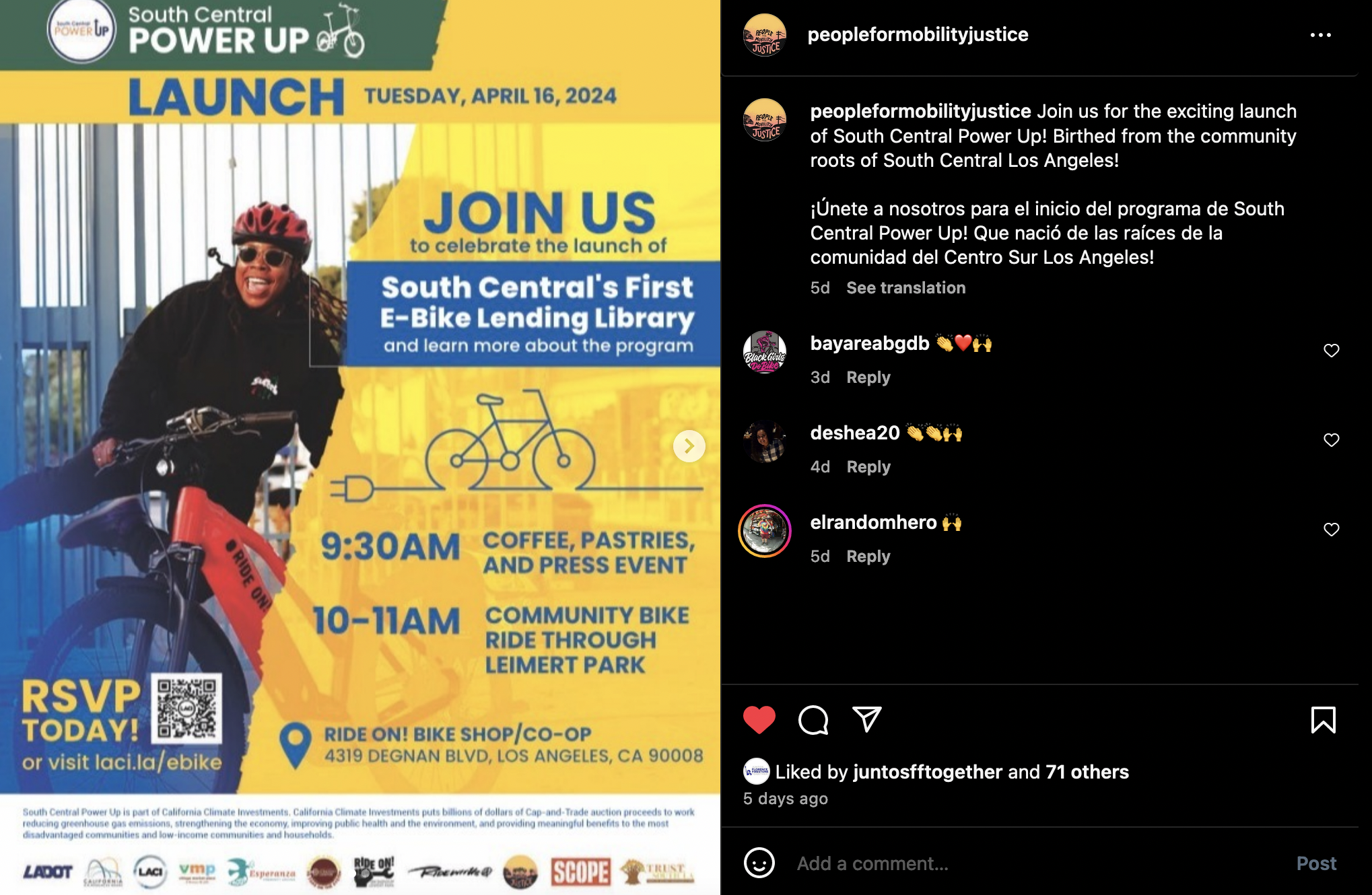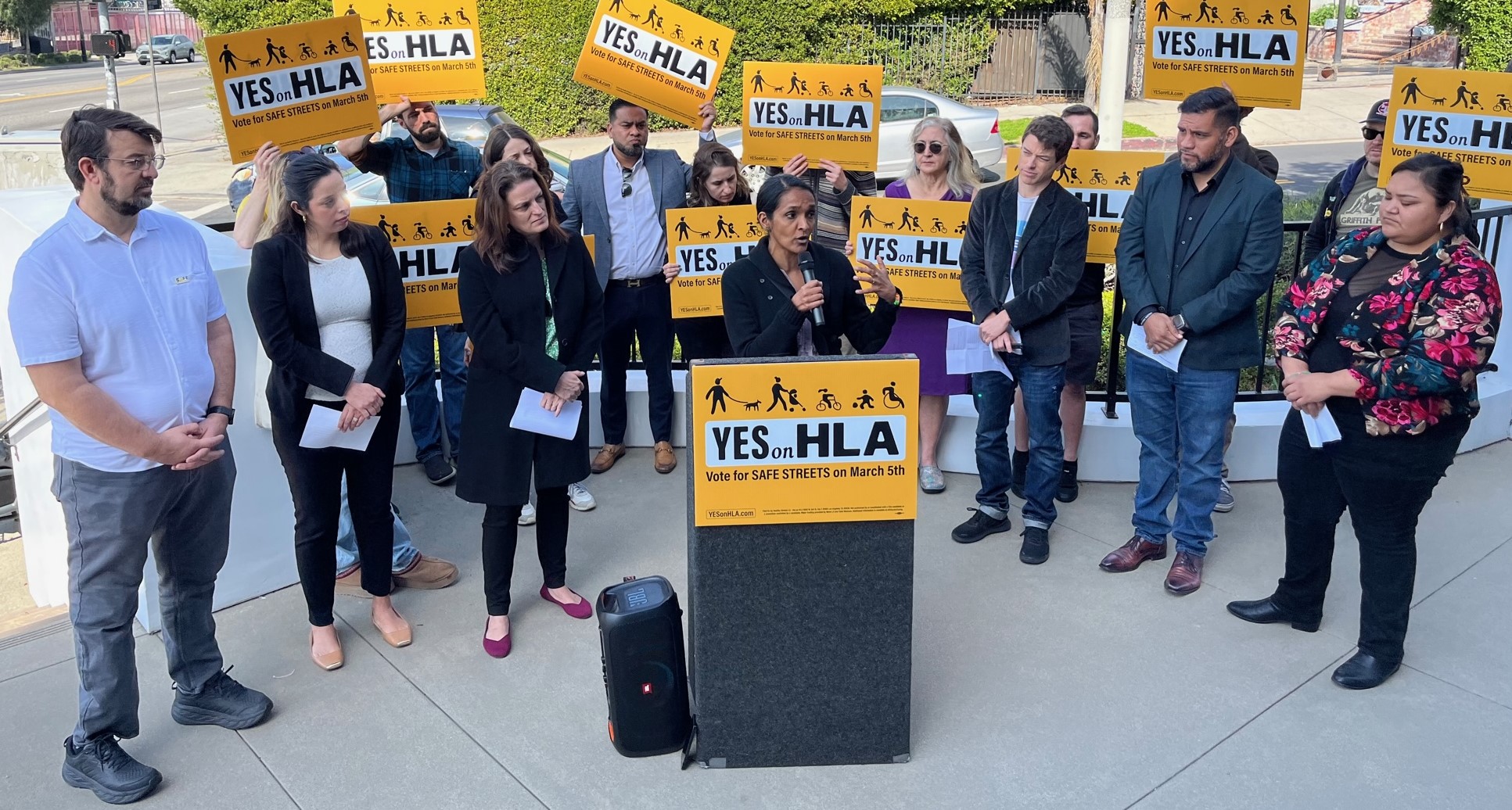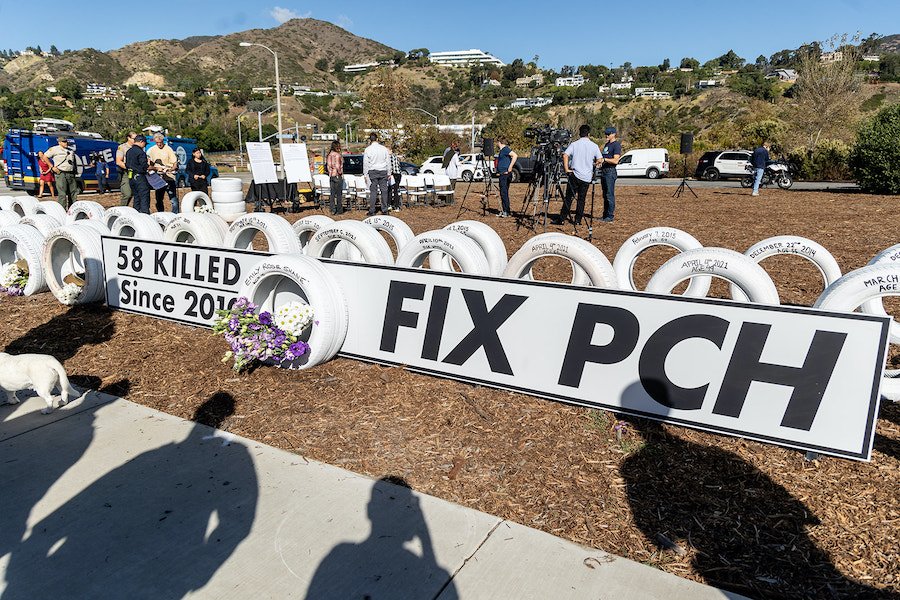
Suburbanites in northern Virginia are finding their streets more clogged with traffic than ever, and, as the Washington Post reported earlier this week, they aren't about to get bailed out by road-widening projects. Here's the crux of the problem, told from the Post reporter's decidedly windshield perspective:
Thoroughfares like Rolling Road are the blood vessels that connect suburbia, the secondary roads that carry commuters to interstates, residents to supermarkets and children to school. They include Braddock Road in Fairfax County, Colesville Road in Montgomery, and even such larger highways as routes 7 and 50. They are the roads that Washington area residents traverse every day, sometimes several times a day.
Just months ago, Northern Virginia residents and elected officials were expecting hundreds of millions of dollars in improvements to such roads. Now, because of budget cuts and state lawmakers' failure to reach a deal on regional transportation funding, drivers can expect only more misery.
The Virginia Department of Transportation recently announced a 51 percent cut in the region's road-building program. Dozens of projects have been eliminated or postponed indefinitely. And rising maintenance costs are eating away at what little remains.
The Post assumes that expanding road capacity is the only answer, and casts the problem as purely a budgetary shortfall. It neglects to mention the role of land use in bringing about this state of affairs. The pattern described in the article is similar to what regions all over the country are facing, as past decisions to separate housing from other land uses come back to haunt them in the form of ever-mounting traffic.
"Councils of Governments and local jurisdictions spread out and segregate the various forms of land use, rebel against mixed-use, put all of their non-residential uses on the arterials, and then sit there and scratch their heads and wonder where all of the traffic came from," says Gary Toth, who heads up transportation initiatives at Project for Public Spaces and formerly served as director of project planning and development at NJDOT. "Then, they demand that the state DOT fix it. It is like a middle aged man who eats donuts and smokes all day, never exercises, and then wonders why he has chest pains."
The Post, while doing nothing to counter this mentality, at least captures it perfectly with its driver-on-the-street interviews:
"My youngest child is going to celebrate his fifth birthday sitting at a traffic light," said McLean resident Julie Hyams, who frequently uses Route 123, which had a key interchange cut from the state transportation budget. "Now the money that was allotted for improvement has gone 'poof,' and the roads are only going to get worse."
When the default assumption is that road widening will solve the problem, suburban residents fail to see the benefit of smart growth initiatives to their daily lives. "What is missing," says Toth, "is an organized and comprehensive PR campaign designed to educate people that they are opposing and crippling the only solutions to their problems."
"In the immortal words of Pogo, 'We have met the enemy, and he is us.'"
With higher gas prices and more budget-constrained DOTs becoming the norm, will suburbanites be open to a different perspective? There's little reason for optimism in the Post story, but at least one northern Virginia resident grasped the concept of induced demand:
Leesburg resident William Bethke drives the bypass every day to get toa park-and-ride lot in Herndon, where he catches a Fairfax Connectorbus for the 20-minute ride to the West Falls Church Metro station andon to his job in Crystal City. In the 3 1/2 years Bethke has beentraveling the bypass bottleneck, the trip has gone from 10 or 15minutes to 20 or 30 minutes.
But he doesn't think widening the road will solve its long-term problems.
"Those who now avoid it would then use it, and in three years we'll be back to where we are," he said.
Photo: AlbinoFlea / Flickr
Stay in touch
Sign up for our free newsletter
More from Streetsblog Los Angeles
This Week In Livable Streets
CicLAvia returns to Venice Boulevard, Metro board committees, L.A. City Council Transportation Committee, Metro budget theater, and more
Measure HLA Is Now Officially Law for L.A. City
Check the city maps to find what bus, bike, and walk improvements are coming to streets in your neighborhood




